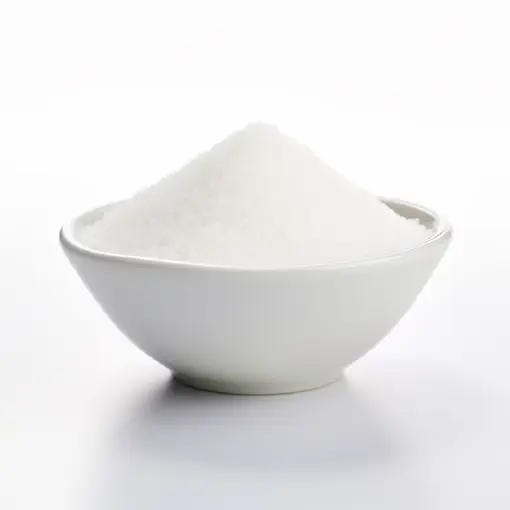Anti-ozone wax, also known as ozone-resistant wax or ozone protector wax, is a specialized wax that is used to protect rubber and other elastomers from the degrading effects of ozone exposure. While the specific composition of anti-ozone waxes may vary, they generally exhibit the following physical features:
Characteristics
-
Appearance:
Anti-ozone waxes are typically solid materials at room temperature, commonly available in the form of flakes, pellets, or blocks.
-
Melting Point:
The melting point of anti-ozone wax can vary depending on the specific formulation, but it is typically in the range of 60°C (140°F) to 100°C (212°F).
-
Odor:
Anti-ozone waxes may have a slight, characteristic odor, but it is generally not strong or unpleasant.
-
Solubility:
Anti-ozone waxes are generally insoluble in water and do not readily dissolve in polar solvents. However, they can dissolve or disperse to some extent in non-polar solvents such as mineral spirits or hydrocarbon-based solvents.
-
Chemical Composition:
The exact composition of anti-ozone waxes can vary, but they typically contain a combination of waxes, amines, antioxidants, and other additives. These components work together to protect rubber from the harmful effects of ozone.
-
Adhesion:
Anti-ozone waxes have good adhesion to the surfaces of rubber materials, allowing them to form a protective barrier against ozone exposure.
The primary purpose of anti-ozone wax is to provide a protective layer on the surface of rubber products, shielding them from ozone degradation, such as cracking, hardening, and deterioration. It helps extend the lifespan and performance of rubber components exposed to ozone-rich environments.
Applications
Anti-ozone wax, primarily used for its protective properties against ozone degradation, is commonly employed in various industrial applications. Some of the notable industrial applications of anti-ozone wax include:
-
Rubber Manufacturing:
Anti-ozone wax plays a crucial role in the rubber industry. It is used during the manufacturing process to provide protection to rubber compounds from ozone attack. This is particularly important for rubber products subjected to outdoor environments or applications where they will be exposed to high levels of ozone, such as automotive components, tires, belts, seals, and hoses.
-
Aerospace Industry:
Anti-ozone wax finds application in the aerospace industry as a protective coating for rubber parts used in aircraft and aerospace vehicles. It helps prevent ozone-induced degradation and maintains the durability and performance of critical rubber components, such as gaskets, O-rings, and seals.
-
Electrical Industry:
Anti-ozone wax is used in electrical applications to safeguard rubber insulating materials from the detrimental effects of ozone exposure. It helps maintain the electrical conductivity, insulation properties, and overall longevity of rubber components used in cables, wires, connectors, and insulating materials.
-
Construction and Infrastructure:
Anti-ozone wax is used in building materials and construction applications where rubber components are exposed to environmental conditions that can lead to ozone degradation. It helps protect and extend the lifespan of rubber profiles, seals, gaskets, and other construction-related rubber products.
-
Automotive Industry:
Anti-ozone wax is extensively used in the automotive industry to protect various rubber parts and components, including seals, gaskets, hoses, and belts.
